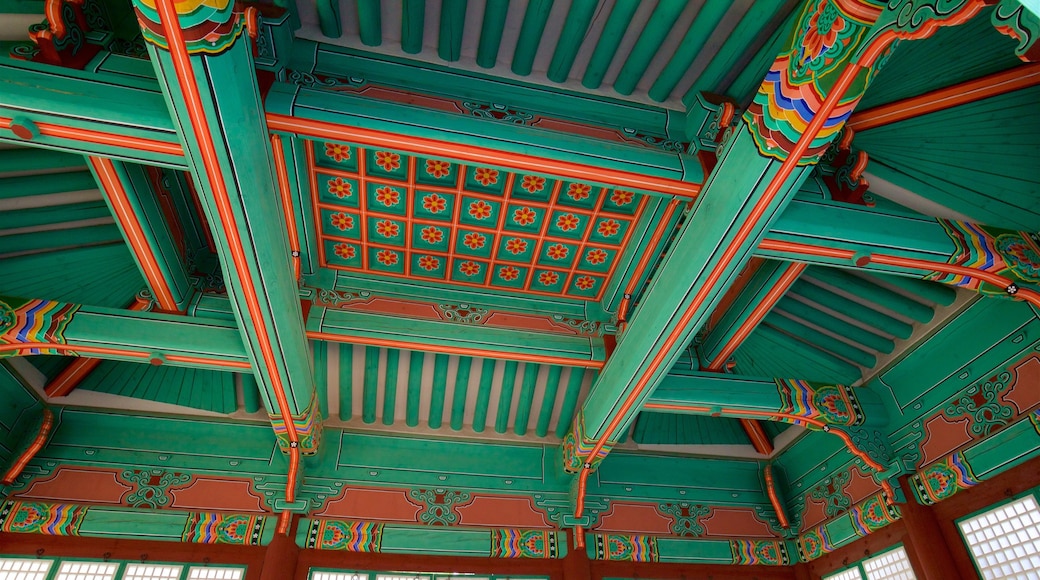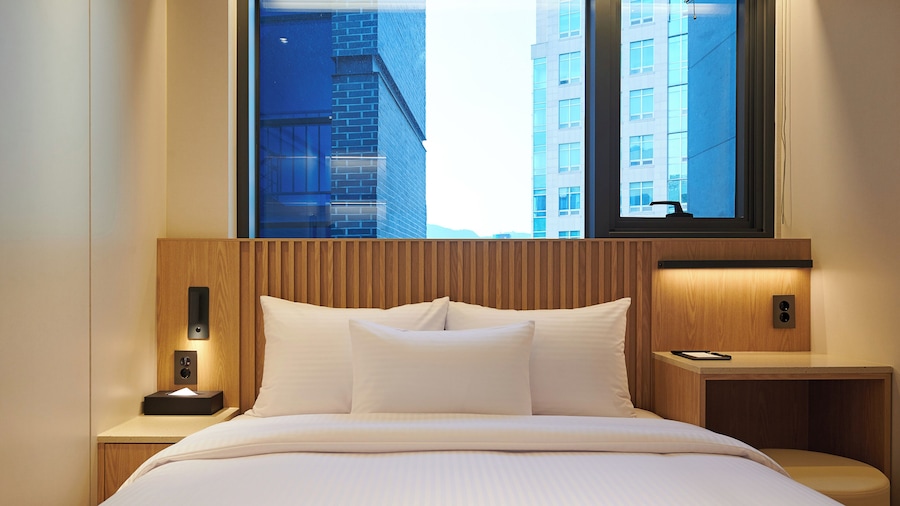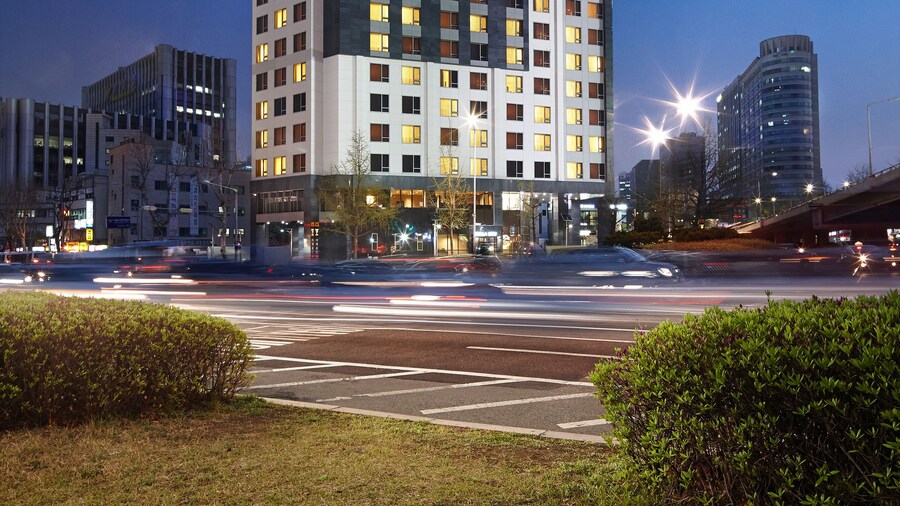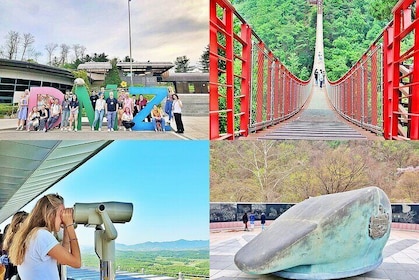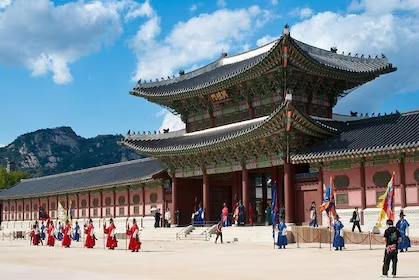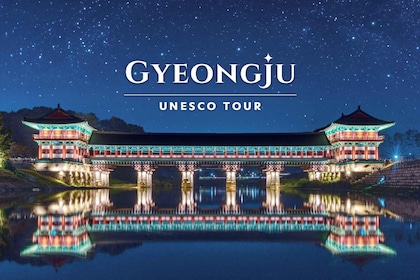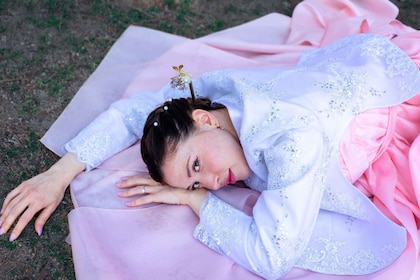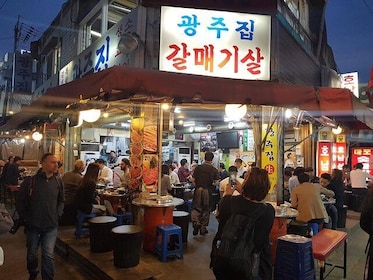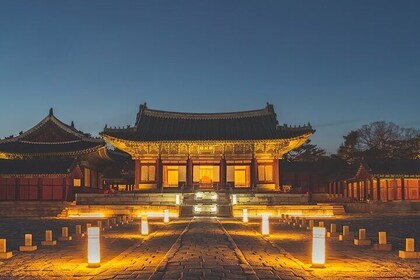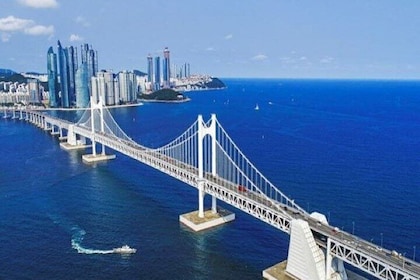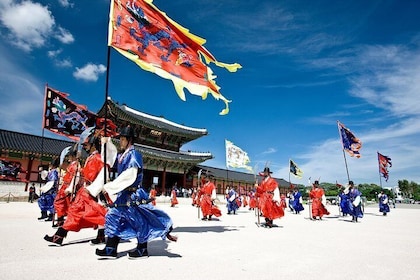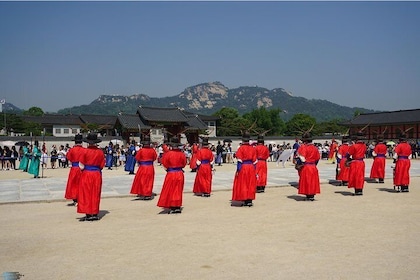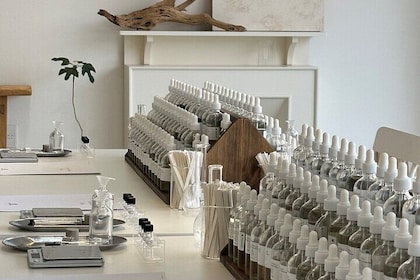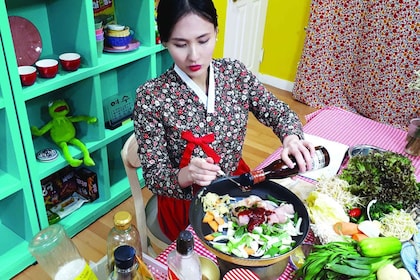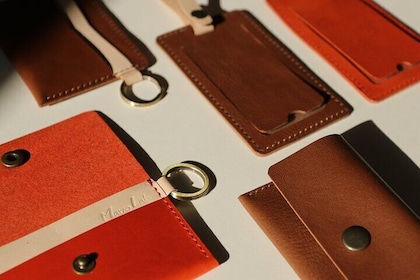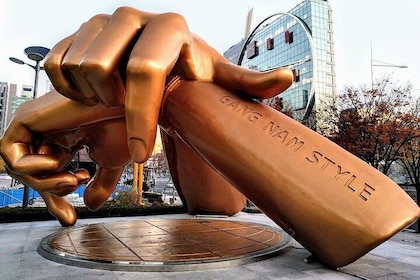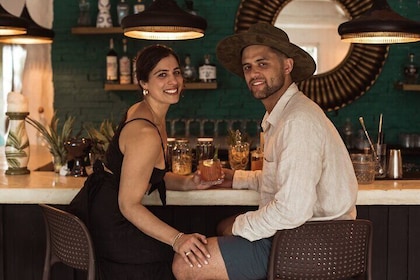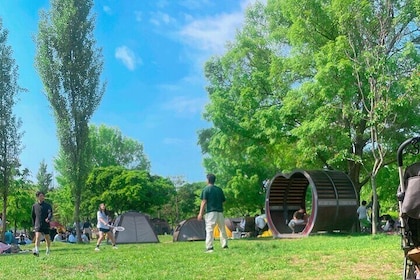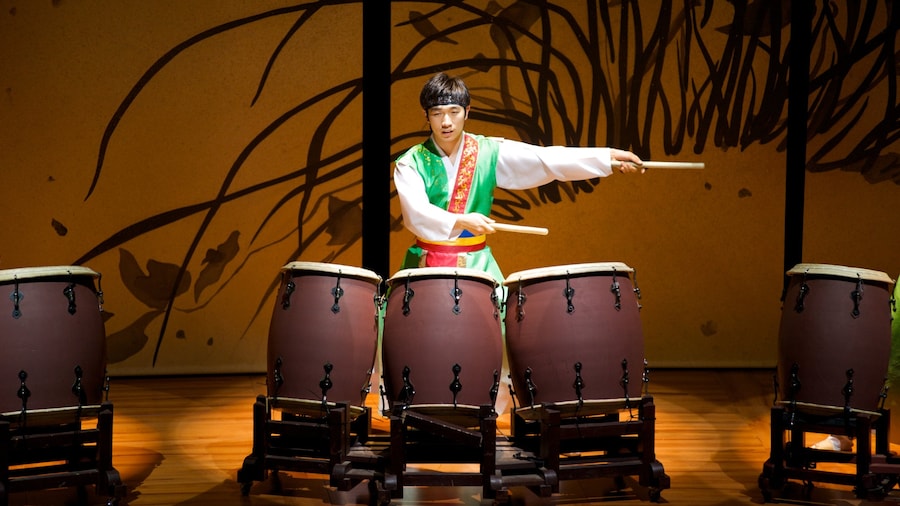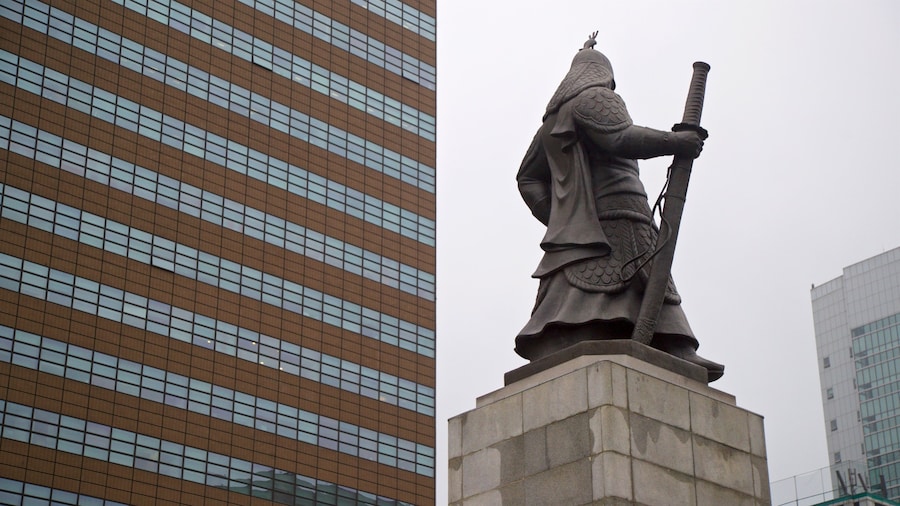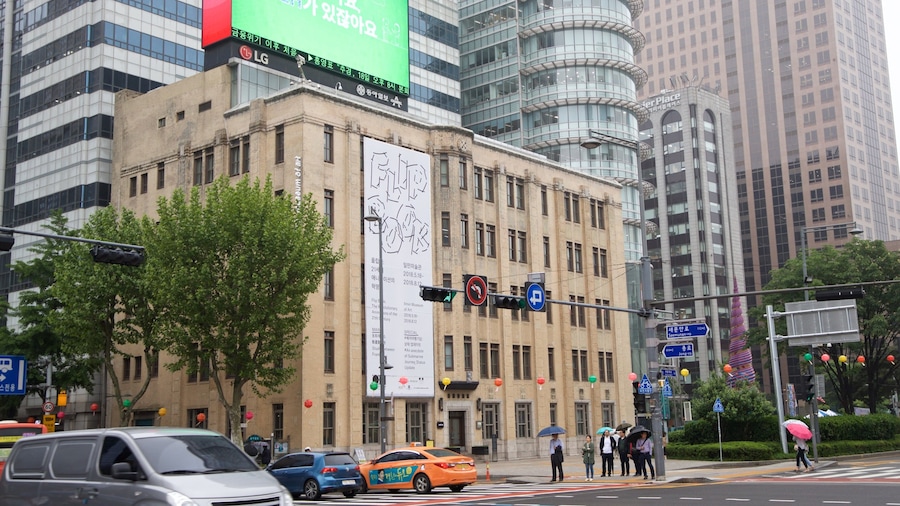Visit a small and tranquil royal palace with beautiful details that have been carefully reconstructed in the traditional Joseon Dynasty style.
Gyeonghuigung Palace was once a residence for the kings of South Korea’s Joseon Dynasty. Visit today and get a sense of the opulence of this grand era of South Korean architecture, when nobles walked the halls and courtyards of beautifully ornate wooden buildings such as this one.
The palace was built between 1617 and 1623. The complex originally had about 100 buildings. However, as with many of Seoul’s beautiful and historic buildings, it did not survive the Japanese invasion in the early 20th century. The palace was demolished to make way for a Japanese school. Walk its halls and courtyards today and admire how carefully the buildings have been reconstructed, following the shape of the foundations. This extensive reconstruction began in the 1980s.
Unfortunately, the changing layout of the city meant that it was only possible to restore a third of the palace. This is why it is so small today. Despite the reduced size, you’ll still find plenty to admire here. Enter through the beautiful Gwanghwamun gate and head up the steps and through the courtyard to the main hall, Sungjeongjeon. Inside the ornate red-green-and-gold building are many lovely features. Look up and admire the intricate paintwork of the ceilings. Stop to take a photo in front of the elaborate throne. This is where the Joseon kings held official meetings with their subjects and with other nobles.
Next, visit the Jajeongjeon building, located just behind the main hall. The Geumcheongyo bridge is another feature worth looking for. It is actually an original part of the palace, as it was buried rather than destroyed during the Japanese invasion.
Admission to Gyeonghuigung Palace is free. The site is usually open every day except Monday. Reach it by taking the subway to Seodaemun station, the closest of several stations within walking distance. Come in the early morning to leave plenty of time to explore the fascinating Seoul Museum of History, which is located close to Gyeonghuigung Palace.



